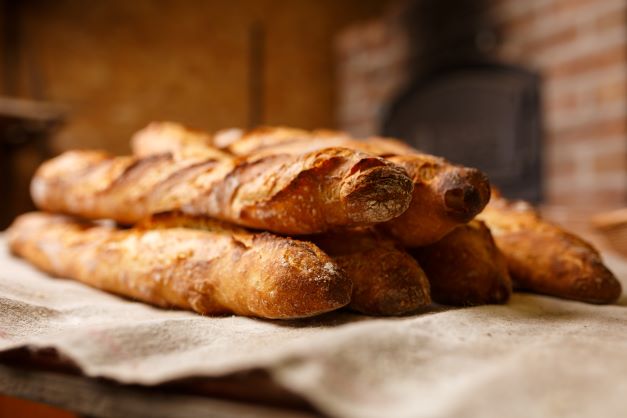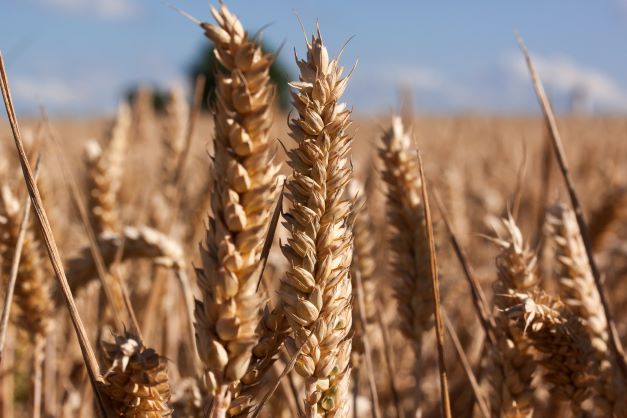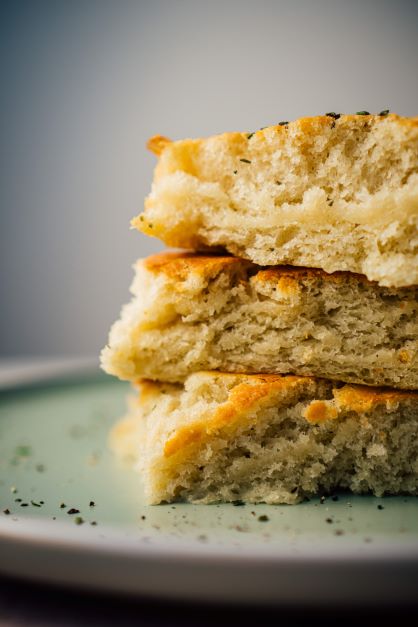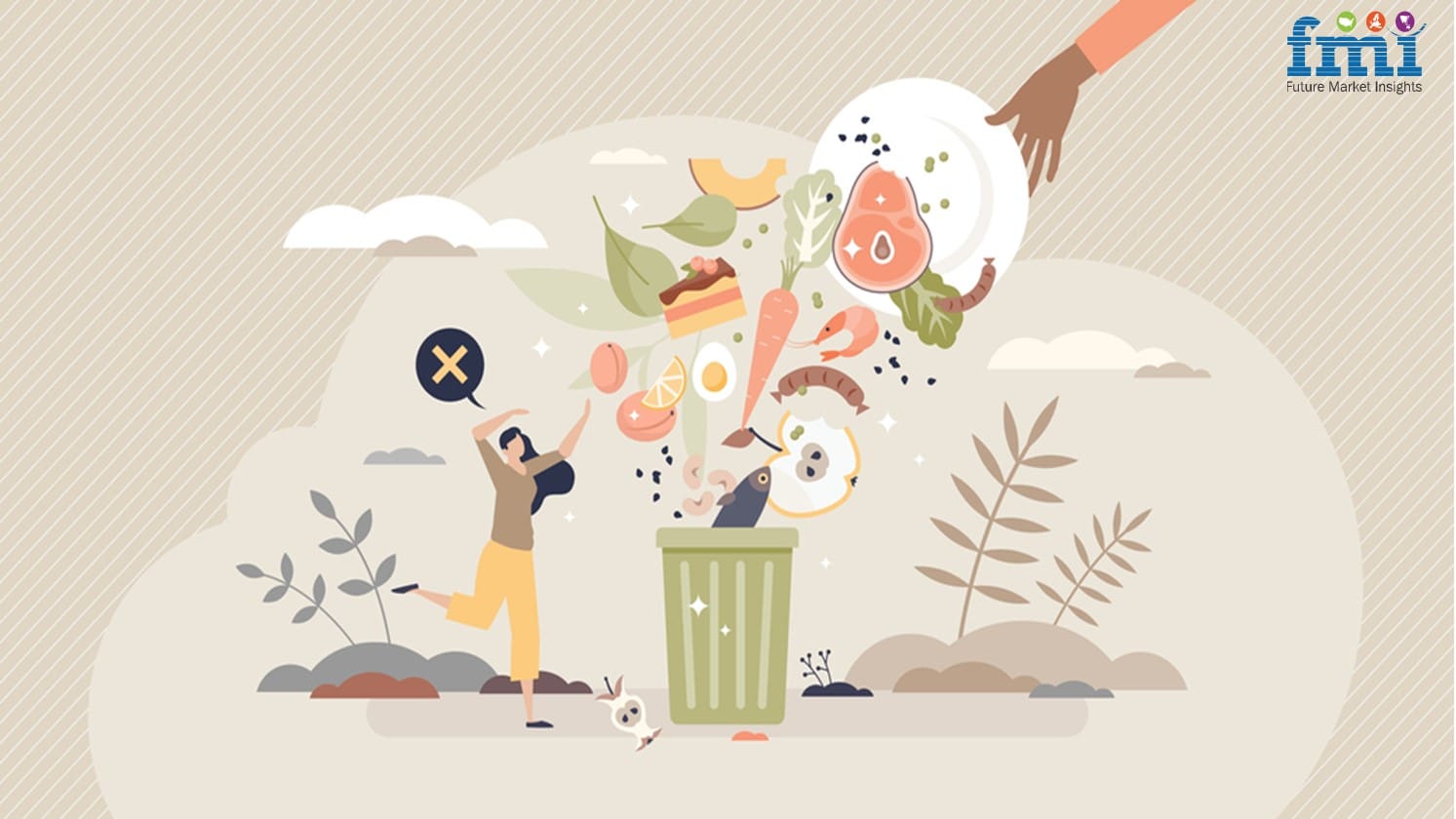Return to the roots and self-care are the trends of the year, boosted by events associated with the pandemic. Bread slots perfectly into this scenario since it represents the quintessential comfort food, with a connotation that is extremely traditional.

One thing the pandemic has certainly generated is the total disintegration of our convictions, accompanied by a desire to return to the “good old times”, to a world that is perfectly – or at least illusorily – under control. It goes without saying that the food industry, bread-making especially, has rapidly responded to this need. A need that was so urgent that its primary ingredient, yeast, suddenly disappeared from supermarket shelves.
What is the current situation, now that more than two years have lapsed since our attack of empty shelf panic? How have consumer tastes evolved? Not surprisingly, bread continues to be an on-trend food topic, with its agreeable connotations of comfort food in our desire to return to the roots. However, certain aspects have changed. The passion for home-made bread has waned and consumers now want their bread to be fresh, crisp, and above all flavour-packed.
From a very recent survey by Taste Tomorrow, the most important ecosystem for understanding consumer tastes and preferences in the bread, pastry and chocolate industries, it emerges that 23% of global consumers continue to buy quality bread while a mere 12% intend to decrease the amounts consumed and opt for less expensive products.
This fact is particularly interesting if we consider that the reduction in food expenditure has a greater impact on other similar products, such as cakes and pastries, for which 29% of the sample intend to reduce their expenditure, and chocolate-based products, which reveals an equally significant 24%.
As a further confirmation, about half (48%) of the consumers interviewed by Taste Tomorrow in April 2022 declared that they do not choose the cheapest bread and will continue to buy products they trust. This fact is even more eloquent in the light of the great concern expressed by the entire industry, and by consumers first and foremost, for the cost-of-living crisis and high fuel costs.


The cost-of-living crisis
One of the main challenges facing the bread industry in 2022 is the cost and availability of certain ingredients, particularly sunflower oil and grain. Discussion us under way in various sectors on rising prices and to what extent this affects various areas of activity. Not only: the consumer sentiment index is also aligned with this scenario, rising food prices being one of the main concerns.
This has led to considerable changes in purchasing habits which, unexpectedly, have only had a minor impact on the bread industry. The latter, on the other hand, has been badly affected by price increases, partly due to the war, which has influenced pricing dynamics because of logistic costs and the increased price of wheat and maize owing to various concurrent causes on an international level – only 6% of soft wheat (less in the case of durum wheat) is supplied by the area involved in the war.
Some data emerging from the latest sentiment analysis promoted by Confcommercio Milano and the Bread Producers Association (with data processed by the Studies and Analyses Department of Confcommercio Milano) show that almost all (96%) operators highlight the increase in costs associated with rising fuel and raw materials costs: 39% have registered a cost increase ranging between 5 and 20%, 32% between 20% and 50%, while one company out of ten declares they have registered a rise in costs of over 70%.
Going back to the topic of market trends, the same survey also reveals an increase in the consumption of pizza and focaccia in the last two years for 45% of operators. The average pro capita consumption of bread remains stable at 80 grams a day, while the consumption of breakfast products has risen (+32%).
What do consumers look for?
Assuming that consumers of bakery products, and of bread in particular, have not substantially changed their purchasing patterns, some aspects stand out as essentials for the near future. Ancient grains, bread and other baked products, coffee and all those foods people turn to when the going is tough will be the protagonists of the future gastronomic scene, in a context in which a return to fundamental values and traditional products reflects a need for security and stability.
The constant monitoring of the behaviour patterns, attitudes and choices of local and global consumers provides us with precious and detailed information, from which certain trends have emerged.
The first concerns confidence and craftsmanship, with an ever-growing preference, also on social media, for traditional products. The aforementioned Taste Tomorrow research confirms that consumers expect flavour and comfort from such products, because they celebrate traditional and genuine recipes.

While 60% of consumers seek new experiences from bakery products, 67% prefer familiar, traditional aspects, but with an extra something. Substantially, innovation is welcome when based on the strong roots of tradition (in Italy, 87% of consumers appreciate traditional flavours and 69% would like to taste something familiar when they try new types of food).
If, on one hand, consumers require freshness, appreciate craft products and continue to seek comfort in traditional and genuine recipes, on the other hand there is a marked tendency for bakers to diversify their offering with pizza, focaccia, bread substitutes and quality cakes and pastries: so baker’s shops have become places of consumption, gathering and conviviality.
More and more often, consumers elevate the purchase of a simple product or service to the level of an authentic experience with the capacity to trigger emotions. Also, in the case of bread, a new concept is gaining ground, that of associating bread with design.
We refer to the so-called designer bakeries, which create venues that please both the palate and the eye. As a consequence of the ‘return to the roots’ trend, yeast now occupies a privileged position between innovation and artisanal tradition, resulting in a demand for bread produced with mother dough that is second only to plain bread in terms of sales.
The awareness of mother dough has grown considerably in recent years and is expected to increase further in 2023. Traditional brands are including it in their products and consumers seek mother dough options also in croissants, brioches, muffins, panettone and other products. The main driver of this trend would seem to be the flavour conferred by this ingredient.
Freshness is another key factor: consumers expect fresh bread supplies every day, and this trend for fresh on demand also affects frozen products for preparing at home, such as croissant, pizza and focaccia. By entrusting most of the preparatory phase to large-scale producers or artisanal bakers, and by taking control of the cooking process, consumers can enjoy maximum freshness whenever they feel the need.
Finally, consumers are increasingly attentive to dietary choices and the way they want their bread is no longer a mere question of taste and aroma: other factors come into play, such as sustainability and food safety.
The new bakers
In the past, the Italian words “fornaio” and “panettiere” stood for two different jobs. The fornaio tended to the fire and looked after the oven, while the “panettiere” or baker was responsible for making the bread, from the choice of flour to cutting the dough into different sizes and shapes.
Nowadays, the two terms are used as synonyms, and the baker is the professional figure who tends to the entire production process of quality baked products, starting from the raw materials. This is a highly specialized job that combines a traditional craft with the use of new production and baking technologies.
Bakers need to have an in-depth knowledge of their market, they must be skilled in communicating the uniqueness of their products, as well as understanding and satisfying the needs of a clientele that is increasingly variegated and attentive to health-related topics and quality ingredients.
Their evolution follows that of consumer patterns and embraces the use of social media, the Internet, food delivery services and anti-waste apps. This evolution responds to a market that tends towards an increasingly mindful consumption, with a rise in the use of non-refined flours and mother dough, to enable fresh bread and other baked products to maintain their primary role in satisfying consumer needs.




